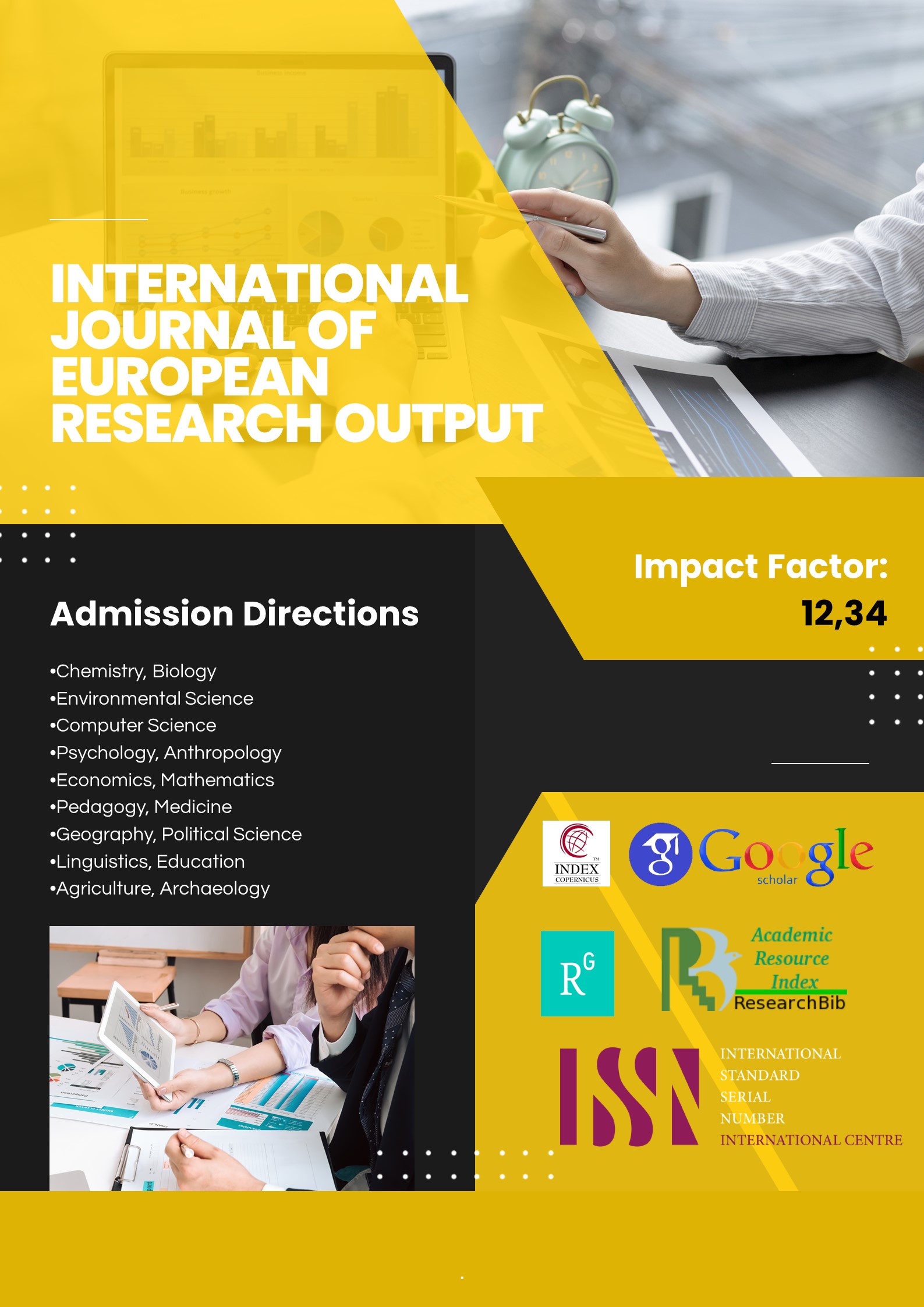EMBODIED COGNITION: HOW PHYSICAL EXPERIENCE SHAPES LANGUAGE PROCESSING
Main Article Content
Abstract
This article explores the relationship between physical experience and language processing within the framework of embodied cognition theory. The research presents a comprehensive analysis of existing theoretical and empirical studies, demonstrating the significance of body-mind connections in language learning and comprehension.
Article Details
References
Barsalou, L. W. (2020). Challenges and Opportunities for Grounding Cognition. Journal of Cognition, 3(1), 31.
Pulvermüller, F. (2018). Neural reuse of action perception circuits for language, concepts and communication. Progress in Neurobiology, 160, 1-44.
Lakoff, G., & Johnson, M. (2003). Metaphors We Live By. University of Chicago Press.
Gallese, V., & Lakoff, G. (2005). The Brain's Concepts: The Role of the Sensory-Motor System in Conceptual Knowledge. Cognitive Neuropsychology, 22(3-4), 455-479.
Glenberg, A. M. (2015). Few believe the world is flat: How embodiment is changing the scientific understanding of cognition. Canadian Journal of Experimental Psychology, 69(2), 165-171.
Casasanto, D. (2019). Embodiment of Abstract Concepts: Good and Bad in Right- and Left-Handers. Journal of Experimental Psychology: General, 138(3), 351-367.
Kövecses, Z. (2015). Where Metaphors Come From: Reconsidering Context in Metaphor. Oxford University Press.
Bergen, B. K. (2012). Louder than Words: The New Science of How the Mind Makes Meaning. Basic Books.
Сафаров, Ш. (2021). Когнитив тилшунослик: назария ва амалиёт. Тошкент: Наврўз.
Менглиев, Б., & Холманова, З. (2019). Тил ўзлаштириш психолингвистикаси. Самарқанд: СамДЧТИ.
Нурмонов, А. (2020). Танланган асарлар: Когнитив тилшунослик масалалари. Тошкент: Академнашр.
Ҳакимов, М. (2022). Замонавий тилшуносликда когнитив ёндашувлар. Бухоро: БухДУ.
